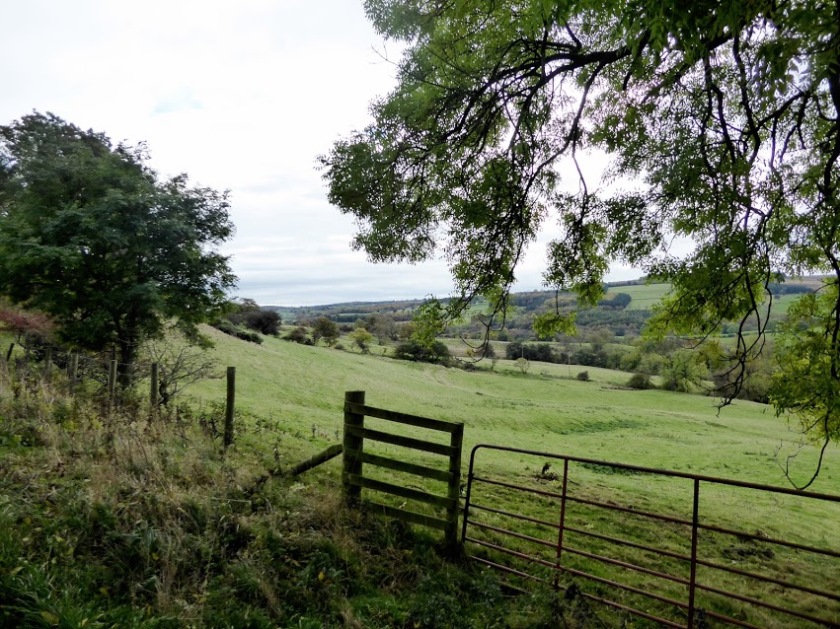 It seemed such a good idea at the time.
It seemed such a good idea at the time.
At the outbreak of the First World War, a top-level decision was made to recruit men to the Army by encouraging friends, neighbours and colleagues to volunteer together as locals, to fight shoulder to shoulder for the honour of Britain and the credit of their home town.
The men of Leeds answered the call. Carpenters, foundrymen, businessmen, men from the crowded streets of back-to-backs, men from the suburbs all joined up, bringing with them their brothers, their cousins, their neighbours and the men who worked alongside them .
They became the 15th Batallion of the West Yorkshire Regiment, commonly known as the Leeds Pals.
And they were sent up here to Colsterdale to train. There was a whole village waiting for them: a village that had been hastily built at the turn of the century to house the workers who’d been hired to construct the Colsterdale and Leighton Reservoirs, together with their families. At Breary Banks there were huts, shops, chapels – everything they needed for day-to-day life. Although the Colsterdale Reservoir had been abandoned in 1911, workers were still employed at Leighton and at first labourers and soldiers lived side-by-side.
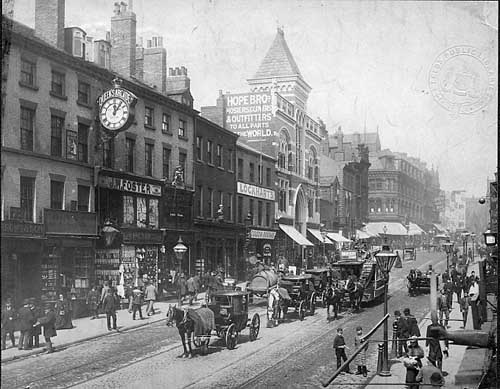
Leeds was a vast industrial conurbation. It was noisy, dirty, grimy, smoggy. Trams and those new-fangled trolley buses clanked and clattered their way round the streets. Arriving by train in Masham, the new recruits had no alternative but to march the six miles to Breary Banks, passing nothing but clean quiet villages, stock-filled fields with woodland, then heathery moorside beyond.
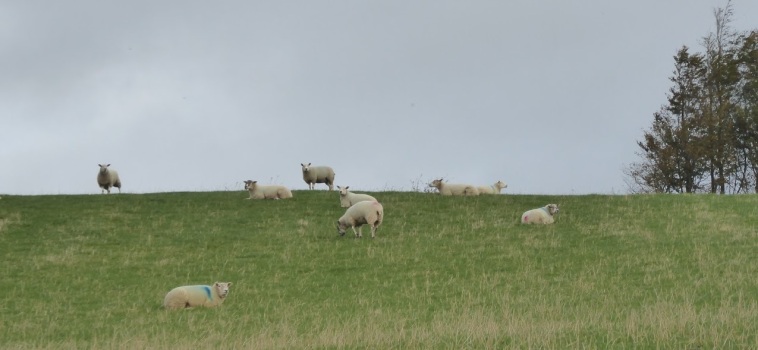
For many of these recruits, the time that they spent at Breary Banks was the best time of their lives. They had a regular routine, good food, good company and decent accommodation. They dug trenches and learned the weaponry skills it was thought they’d need when finally deployed in France.
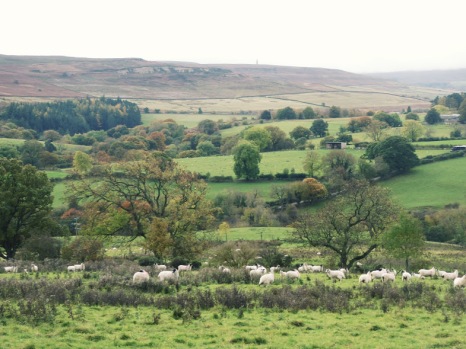
In fact they first saw active service in 1915 and 1916 in Egypt and Gallipolli. Few of them were involved in direct action, and by early 1916, most of them embarked on troopships to the real focus of the war, France.
After further training behind the lines they were sent to the front, in readiness for the battle that was intended to change Allied fortunes, the Battle of the Somme.
And that is when parents, children, neighbours and work mates left behind in Leeds discovered what a truly terrible idea it had been to send whole communities into the same battle at the same moment.
‘It was the most ambitious attack of the war and they were among hundreds of thousands of Allied troops massed for the battle.
Their coats were mud-sodden, their legs were protected only by the inadequate cloth wrappings of the soldier’s uniform. In their hands they clutched rifles they would never use, for in moments a storm of bullets had cut through their soft clothes and weary bodies, and they were dead.

Our young Leeds men were not so much beaten as wiped out. At 7.20 am with fearful, pounding hearts, they began to run blindly at their enemy. By 7.30 am a city of mothers had lost their sons, wives were widows and children fatherless.
It was one of the bloodiest battles of the First World War. As the men surged over the top into no-man’s land they faced a murderous storm of artillery and machine gun fire directed against them with pitiless accuracy by German guns. It cut through them, they fell into the mud in waves.
Yet those in charge had expected it to be easy. In the days before the battle of the Somme, more than a million rounds had rained down on the German positions all the way along the front.
By the time it was over, the Allies believed that no-one could have survived such a bombardment. The men from Leeds, and all the places beyond, were meant to stroll across no-man’s land.
Not only did that not happen but the casualties are so great as to not really make sense. The first day’s slaughter claimed around 20,000 English and French lives, and almost 40,00 were wounded.
Yet the carnage was repeated the next day, and the next, and for every day after that until four mad months had passed.
The cost in lives has never been fully accounted, but of the more than 900 men recruited from Leeds, it is believed 750 died that day.’
Jayne Dawson, Yorkshire Evening Post, 11th November 2013
This is Private Pearson of the Leeds Pals’ own epitaph for his friends and colleagues:
‘We were two years in the making and ten minutes in the destroying.’
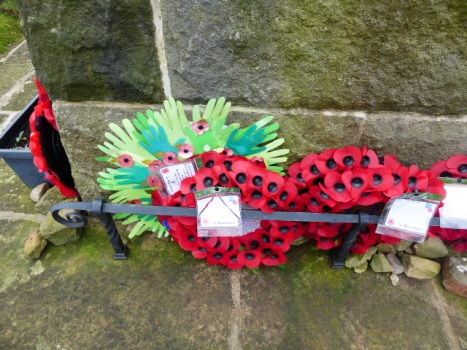
You can follow in the footsteps of the Leeds Pals by going on the Nidderdale AONB First World War Heritage Trail. My Colsterdale photos come from this walk.
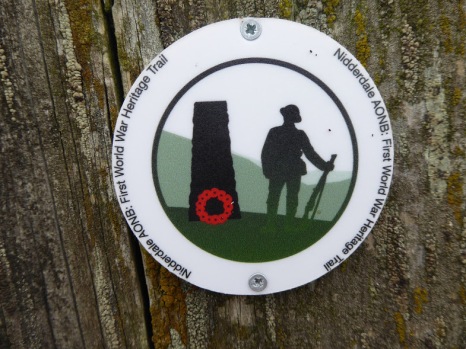
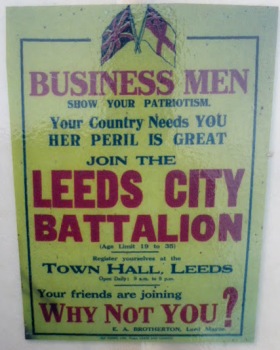
You must be logged in to post a comment.